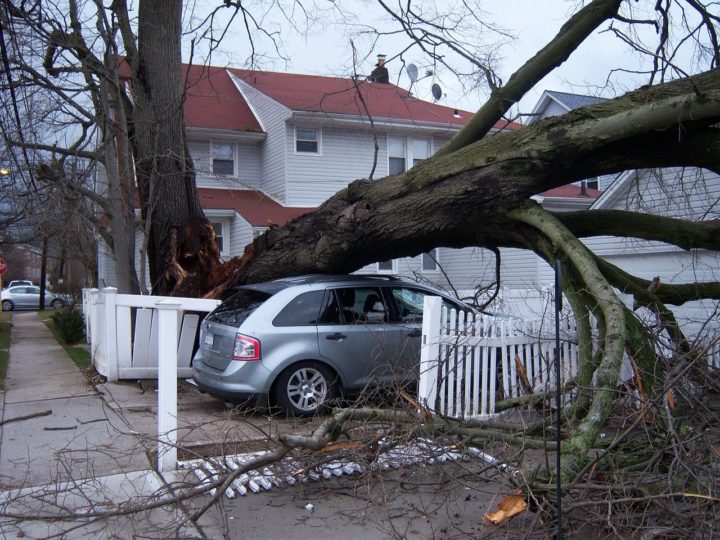Intense windstorms can wreak havoc on land and offshore. Researchers in the University of Reading’s Meteorology Department have pioneered the use of climate modelling and storm tracking to support evidence-based storm risk assessment in industry.
Severe windstorms which cause high winds, heavy rainfall, large waves and coastal flooding can be extremely damaging. Assessing the risks of extreme storms is therefore critical to mitigate these impacts. Over the past decade, University of Reading researchers Len Shaffrey, Pier Luigi Vidale and Kevin Hodges have pioneered research to improve the understanding of risk from windstorms. Their work has led to the use of climate model simulations and the development of storm-tracking tools to assess wind and wave risk from extreme storms.
Working with the UK Met Office and the National Centre for Atmospheric Science, their research increased the resolution of the Met Office’s global climate models HadGEM1 and HadGEM3. Such models run computer simulations of atmospheric activity, with increasing resolution giving more specific climate information for each location. Simulations can produce centuries of output, which substantially reduces uncertainty in risk assessment.
The team has co-developed a new operational method to assess risk for North Sea and Caspian oil and gas platforms. The team has revolutionised the estimations of wave heights through the development of NS100, a dataset containing 1,200 years of modelled North Sea wave heights generated from HiGEM climate simulations. These data are now being used to create safer North Sea facilities, through evidence-based rig design and evacuation procedures, and these practices are replicated elsewhere, increasing safety in the industry.
For the insurance industry, assessing the risks from windstorms is essential. Reading played a key role in launching the Windstorm Information Service (WISC) as part of the EU Copernicus Climate Change Service. WISC uses the TRACK storm-tracking software, developed in Reading, to understand the dynamics and features of around 150 severe European windstorms. The tool is highly respected and used by risk-modelling companies and the European insurance industry to inform pricing and policies.
Find out more
View the full impact case study on the REF 2021 website: Improved assessment of extreme storm risk for the oil and gas and insurance sectors

